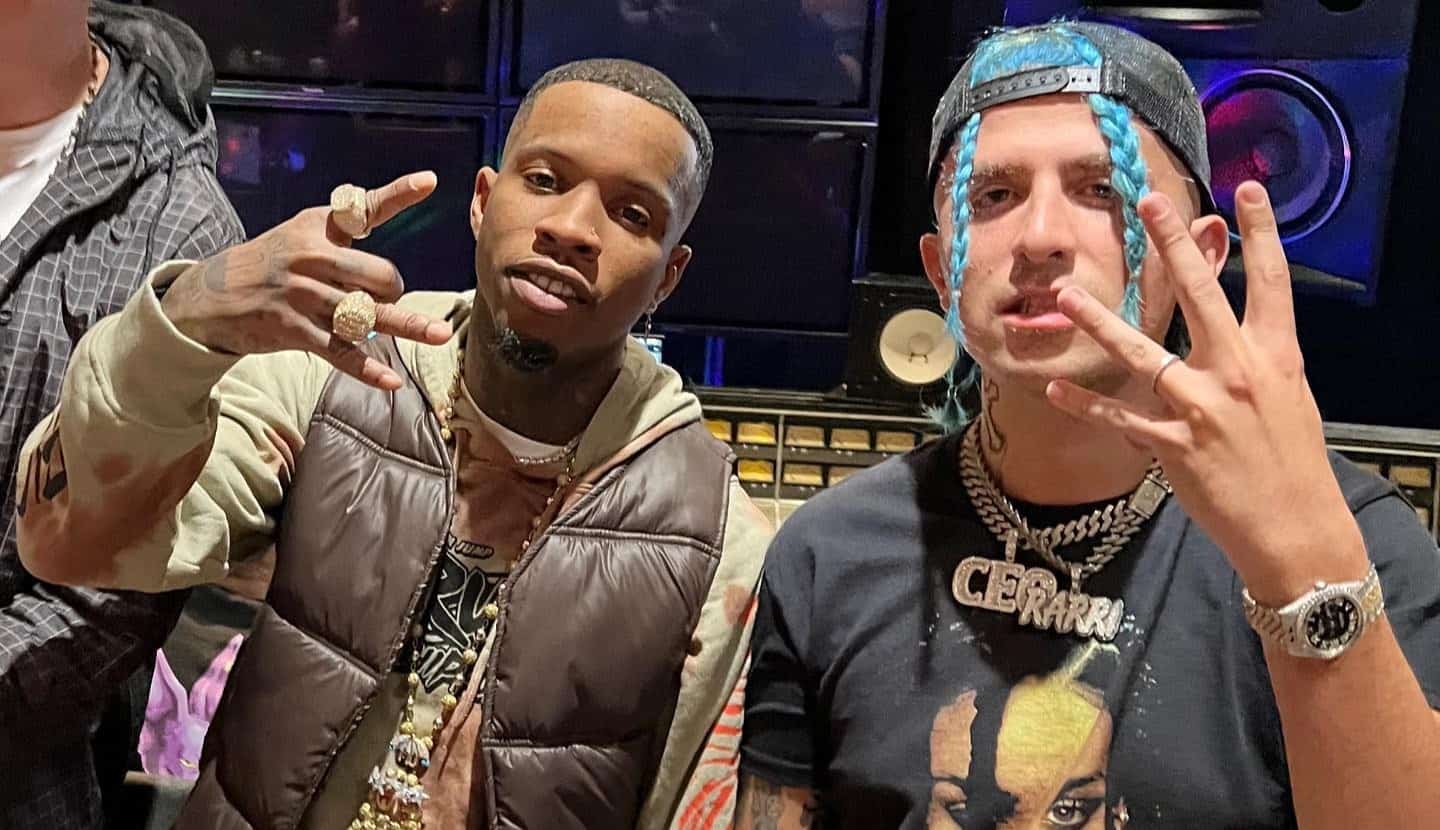Diving into the world of 2000s menâs fashion reveals a dynamic and transformative era that reshaped the landscape of menswear in ways still felt today.
This period, often intertwined with the term Y2K menâs fashion, stands out for its bold experimentation, the blurring of traditional style boundaries, and the emergence of new trends that challenged the status quo.
In this article, we explore the key elements that defined the era, from the essential garments and accessories to the grooming trends that completed the look.
Whether youâre nostalgic for the days of baggy jeans and oversized tees or curious about how these years continue to influence todayâs fashion, this journey through 2000s menâs fashion offers a comprehensive look at a decade that set the tone for the 21st-century menswear evolution.
Key Takeaways
The 2000s menâs fashion era marked a unique blend of past influences with a growing emphasis on individuality and comfort. Key takeaways from this period include the rise of streetwear into mainstream fashion, the revival of vintage styles with modern twists, and the impact of celebrity culture on fashion trends.
This decade also saw the diversification of menâs fashion, with a greater acceptance of casual and athleisure wear as part of everyday attire, reflecting a shift towards more relaxed dressing norms.

2000s Menâs Fashion: A Brief Background
The 2000s significantly impacted menâs fashion, blending late â90s styles with new trends driven by internet culture, global connectivity, and celebrity influence. This era saw a variety of styles, from casual to tailored, with early 2000s grunge evolving into polished aesthetics.
Influences from hip-hop and indie music introduced oversized clothes and statement accessories, and TV, film, and online platforms influenced style and democratized fashion. The rise of fast fashion brands like H&M and
Overall, 2000s fashion marked a time of experimentation and personal expression in style, setting the stage for future trends.
Our Favorite 2000s Menâs Fashion Staples
Menâs Fashion in the 2000s: Style Essentials
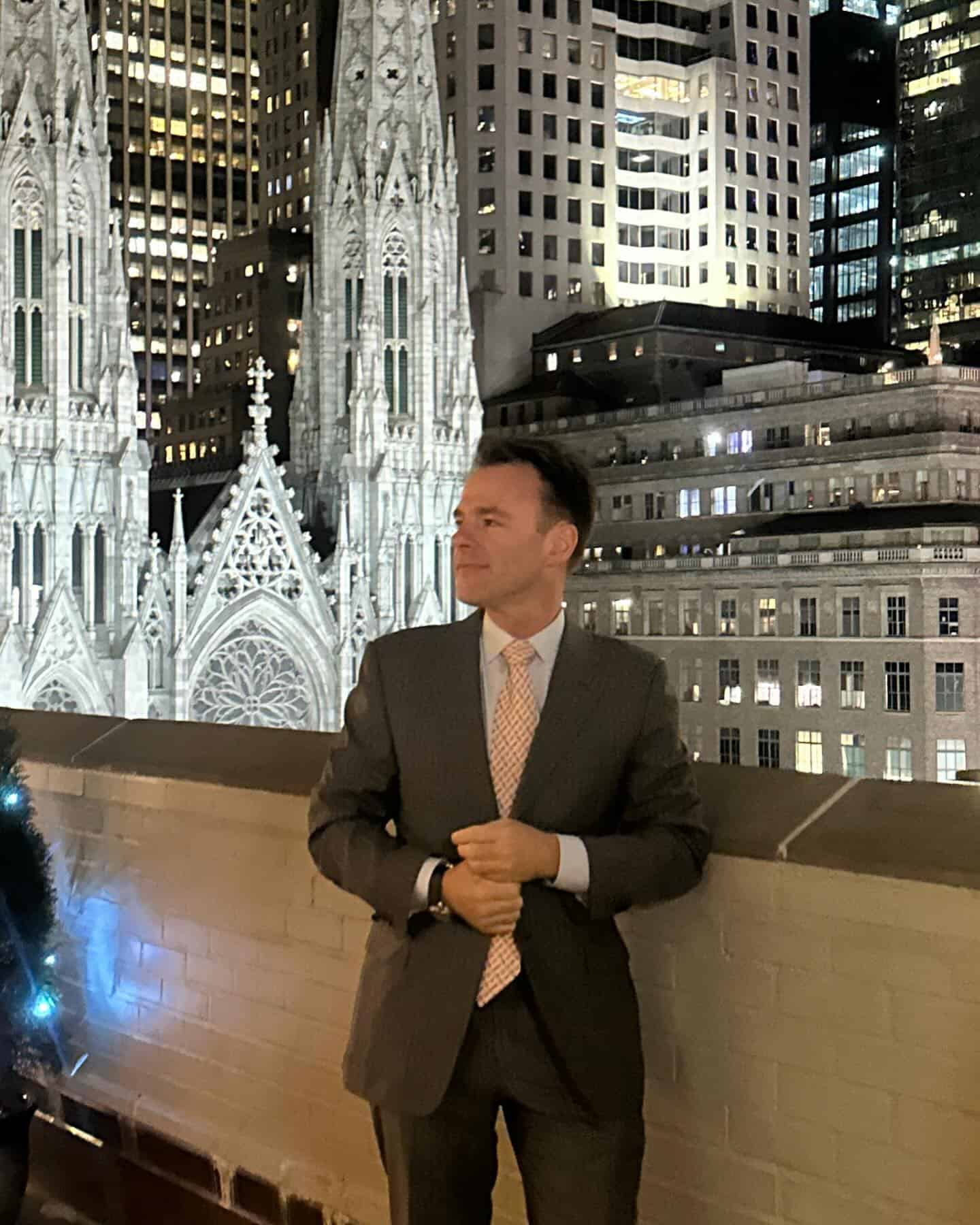
Suits
The 2000s saw a revival of interest in menâs suiting, but with a modern twist. Early in the decade, the influence of â90s casual wear still lingered, with many opting for looser fits. However, as the decade progressed, there was a clear shift towards more tailored, fitted suits.
This change was partly influenced by the resurgence of elegance in pop culture, as seen in movies and television shows that glorified the dapper gentlemanâs look. Brands like Dolce & Gabbana,
This era also saw the rise of the âmix and matchâ approach to suiting, where traditional suit jackets were paired with jeans or casual trousers for a modern, laid-back look.

Shirts
Menâs shirts in the 2000s were diverse, ranging from the continuation of the 1990s grunge-inspired flannels to the polished button-downs that accompanied the suit revival.
The decade also saw the popularity of bold prints and patterns, including Hawaiian and paisley, reflecting the eraâs penchant for experimentation and personal expression.
Denim shirts made a comeback in 2000s menâs fashion, aligning with the vintage revival trend that swept through the fashion world â canât forget the 2001 Music Awards, where Justin Timberlake and Britney Spears made their entrance in iconic his and hers Canadian tuxedos.
Additionally, the introduction of slim-fit designs mirrored the overall trend towards more form-fitting clothing, moving away from the oversized garments of the previous decade.
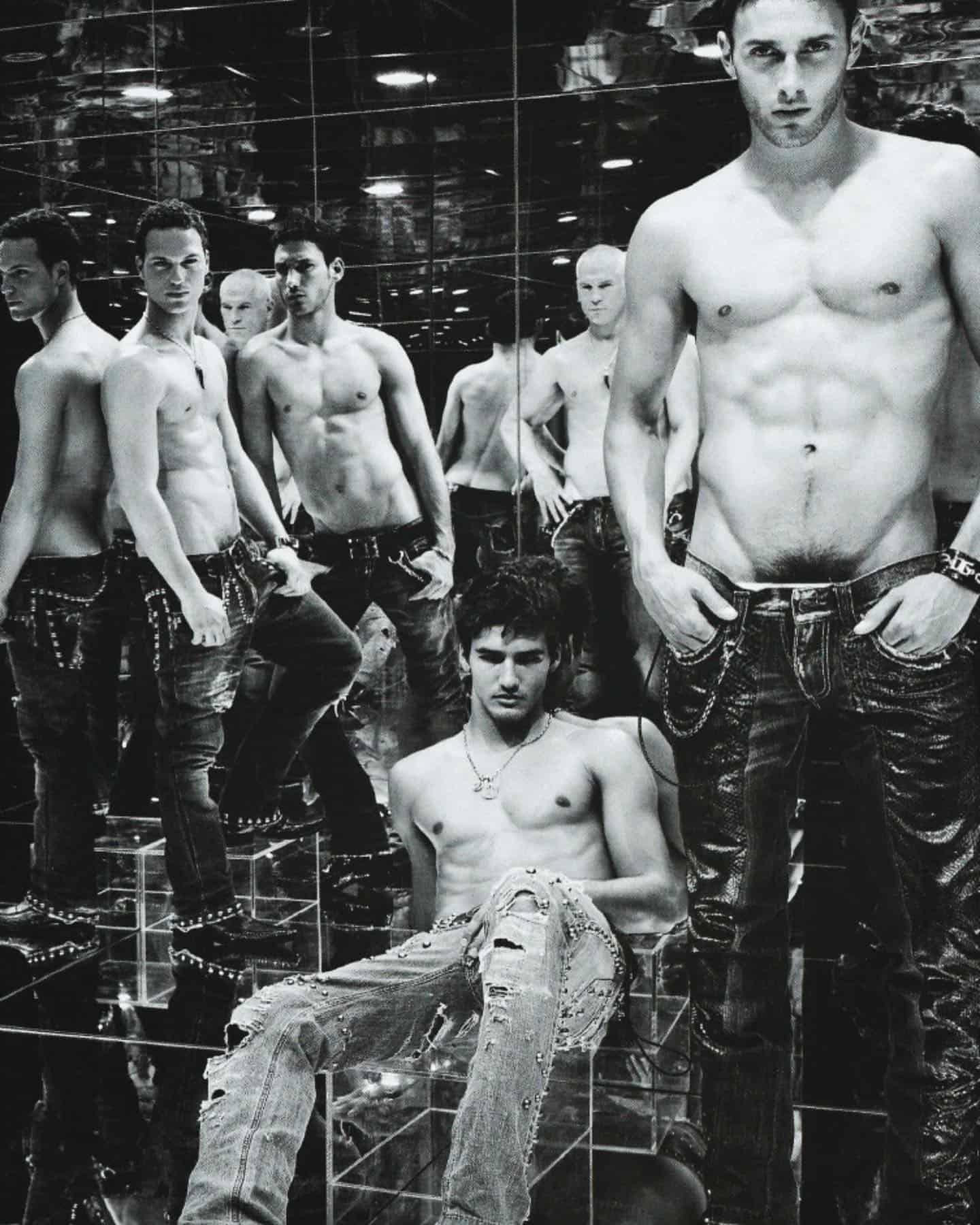
Pants
2000s menâs pants varied widely in style, from the continued popularity of baggy jeans at the decadeâs start to the gradual acceptance of slimmer fits.
Cargo pants, with their utilitarian appeal, were a staple in casual wear, and dress pants saw a move towards a more tapered leg. The revival of skinny jeans, inspired by indie and rock culture, marked a significant trend, challenging the dominance of wider-legged denim.
2000s menâs fashion also welcomed the rise of low-rise pants, a style that defined much of the early 2000s youth fashion, though it received mixed reactions for its bold departure from traditional waistlines.
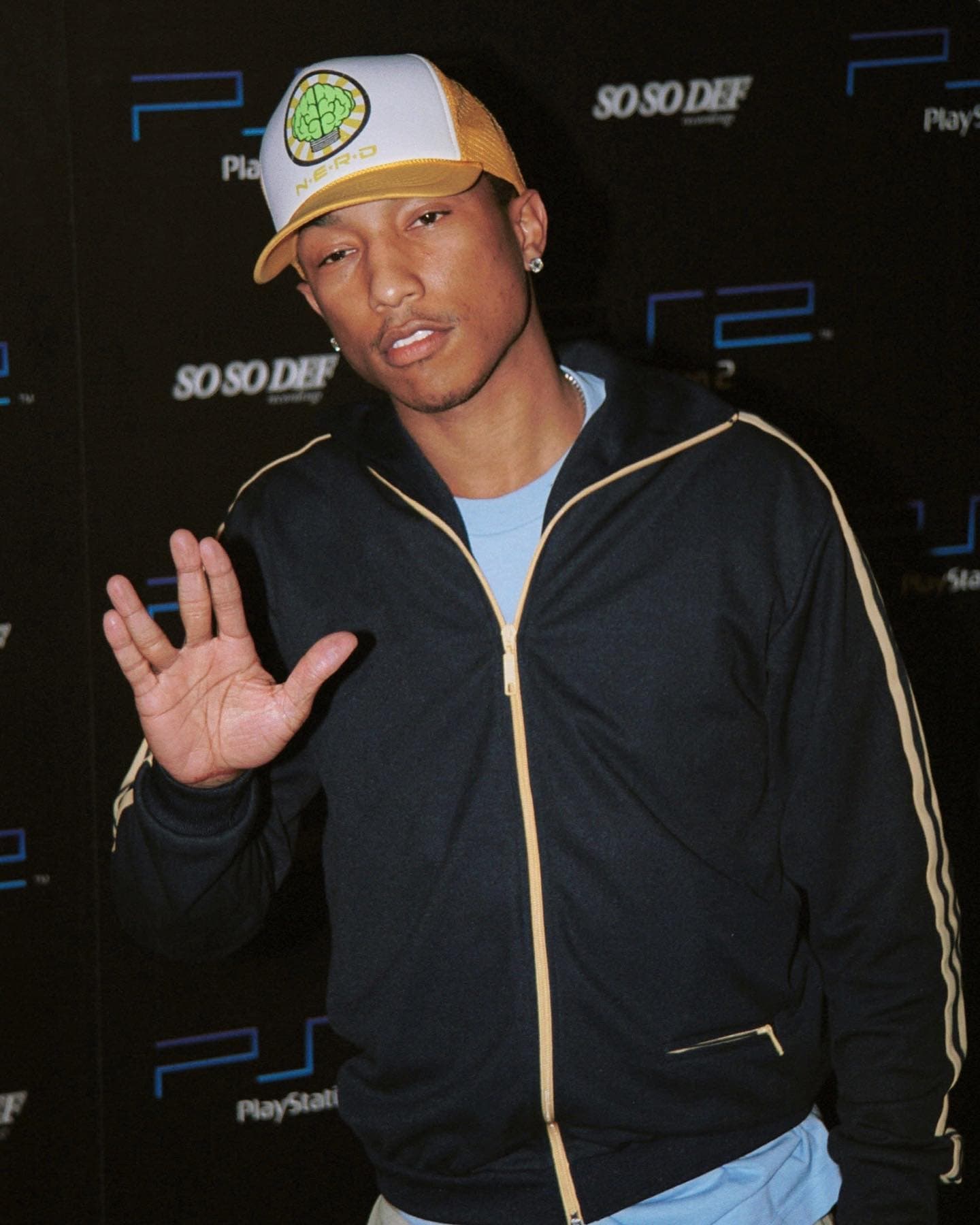
Sweaters & Knitwear
Sweaters and knitwear in the 2000s leaned towards comfort and versatility, with the decade witnessing the popularity of both fitted and relaxed styles.
The cardigan made a notable comeback in 2000s menâs fashion, embraced for its layering potential and preppy vibe. Hoodies became a definitive casualwear item, symbolizing the eraâs embrace of streetwear and athletic influences.
Luxurious fabrics like cashmere became more accessible, reflecting the decadeâs interest in blending casual styles with high-end touches. Graphic and statement knits also saw a rise, echoing the broader trend of personal expression through clothing.

Jackets & Outerwear
Outerwear in the 2000s saw an array of influential styles, from military-inspired pieces to the resurgence of classic leather jackets.
The bomber jacket, with its historical roots and simple silhouette, became a versatile staple of 2000s menâs fashion. Denim jackets, often customized with patches or distressing, echoed the decadeâs fondness for vintage and DIY fashion.
The introduction of technical outerwear, with advanced fabrics and functional designs, catered to the growing interest in outdoor and adventure lifestyles, blending practicality with style.
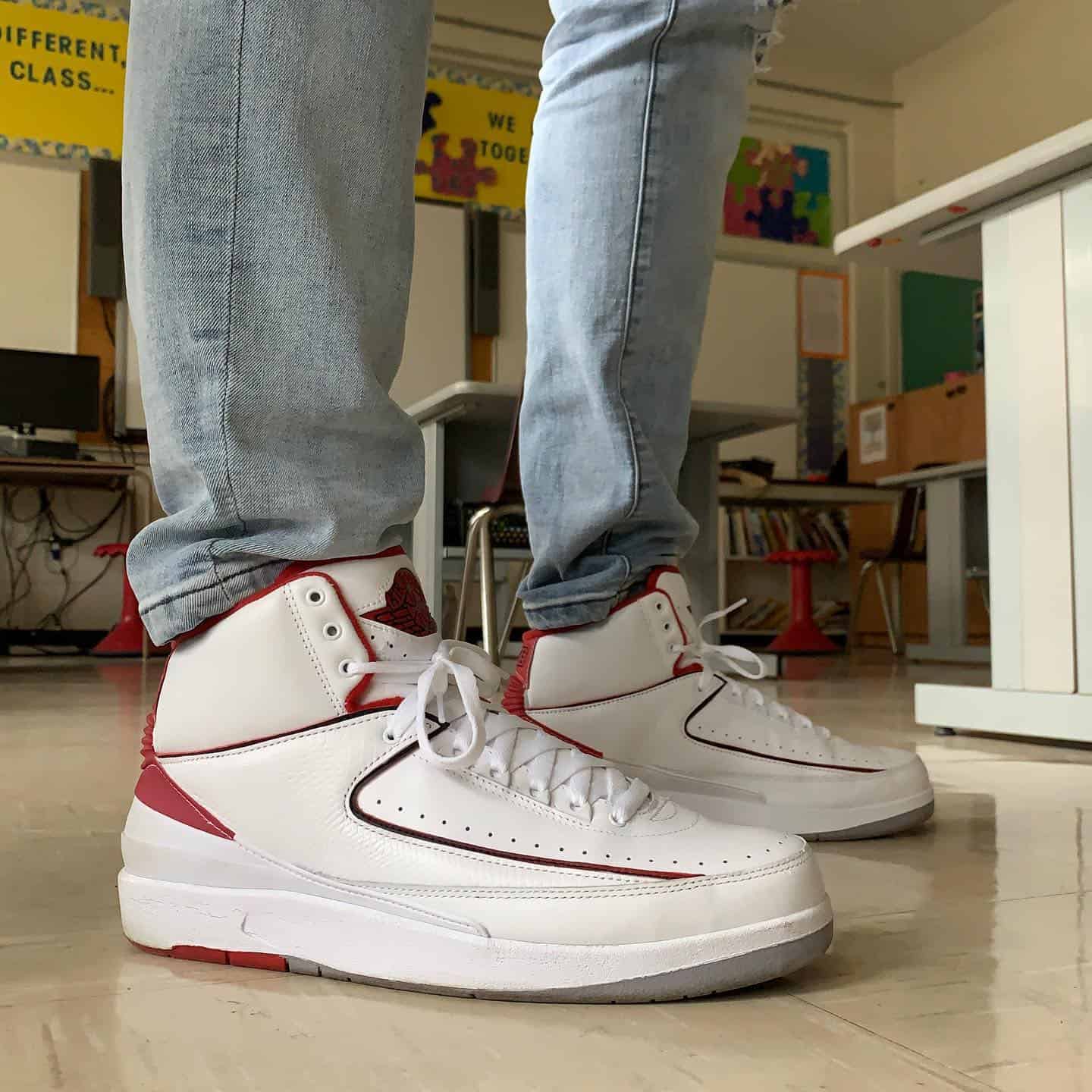
Footwear
The 2000s were a transformative time for menâs footwear, with an unprecedented mix of casual and luxury styles gaining popularity.
Menâs sneakers in the 2000s, especially, rose to prominence, fueled by collaborations between fashion brands and athletic companies, as well as the growing sneakerhead culture. Classic models from brands like
On the formal end, the dress shoe saw a revival in interest, with brogues and loafers being adopted for both office and casual settings, often worn in unconventional ways that blurred the lines between formal and casual wear.

Menâs Formalwear in the 2000s
The 2000s brought a fresh perspective to menâs formalwear, marked by a blend of traditional elegance and contemporary flair.
2000s menâs fashion began with a continuation of the 1990sâ relaxed approach to formal attire but gradually shifted towards a more polished and sophisticated aesthetic. This evolution was largely influenced by the fashion industryâs rejuvenation of classic styles, celebrity red carpet looks, and a growing interest in personal tailoring.
The suit moved away from the boxy cuts of the previous decade to embrace slimmer, more tailored silhouettes. Designers experimented with fabrics and colors, introducing suits in velvet, silk blends, and a range of hues beyond the classic black, grey, and navy.
This period also saw the reemergence of the three-piece suit, offering a nod to vintage glamour with a modern twist.
Shirt and tie combinations became a focal point for expressing individuality within 2000s formalwear. The traditional white dress shirt remained a staple, but there was a surge in popularity for shirts in pastel shades and with subtle patterns.
Footwear in formal settings saw a revival of classic styles such as Oxfords, Derbys, and loafers, crafted in high-quality leather with attention to detail. The patent leather shoe, especially in black, became synonymous with formal attire, perfect for events requiring a touch of elegance.

Menâs Casualwear in the 2000s
The 2000s redefined menâs casualwear with an emphasis on comfort, versatility, and self-expression. The boundaries between casual and formal wear blurred, as men became more experimental with their everyday looks.
Streetwear firmly established its place in 2000s menâs casual fashion, influenced by the music, skate, and art scenes. Hoodies, sneakers, and graphic tees became wardrobe essentials, often paired with denim or cargo pants for a relaxed yet stylish look.
Brands like Supreme, Stüssy, and BAPE gained cult followings, propelling streetwear into mainstream fashion.
Jeans remained a cornerstone of casual attire, but the 2000s saw a diversification in styles. The decade started with the dominance of baggy jeans but gradually moved towards slimmer fits.
Distressed denim, embellished with rips, fades, and patches, reflected the DIY culture of the time. Premium denim brands emerged, focusing on quality, fit, and artisanal washes.
Layering became a key strategy in menâs casualwear, allowing for adaptability and personal style expression. Lightweight jackets, zip-up sweaters, and casual blazers were layered over tees or button-downs for a look that could easily transition from day to night.
This approach also reflected the decadeâs unpredictable fashion climate, in which trends rapidly changed.
Sneakers continued their ascent as the go-to casual footwear, with designs ranging from minimalist to highly technical. Slip-on shoes, like Vans and loafers, offered an easy, laid-back alternative, suitable for a variety of occasions.
The flip-flop also saw a surge in popularity during the 2000s, embraced for its simplicity and comfort, despite being a contentious choice for public wear.
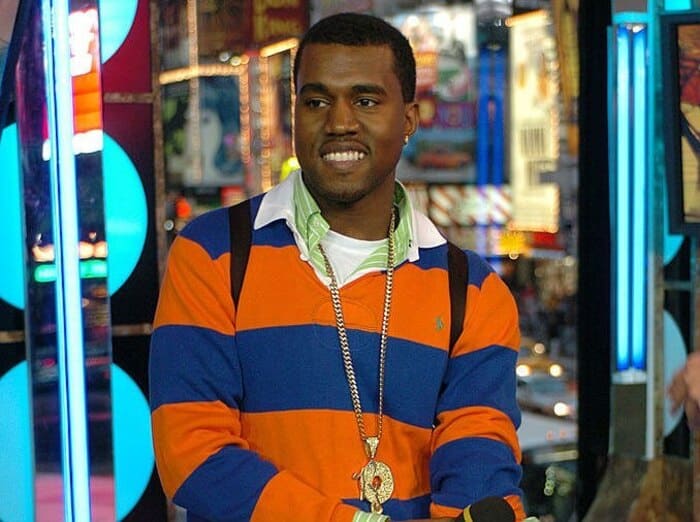
Menâs Accessories in the 2000s
Accessories played a pivotal role in menâs fashion during the 2000s, serving not only as functional items but also as key elements for self-expression and style distinction.
Hats
Hats re-emerged as fashionable accessories in the 2000s, with styles ranging from the classic fedoras and newsboy caps to more casual baseball caps and beanies.
The resurgence of these headwear options was driven by a blend of nostalgia, celebrity influence, and the rise of streetwear culture. Each style offered men a way to top off their outfits, whether aiming for a polished look with a fedora or a relaxed vibe with a beanie.
Watches
Watches remained essential accessories for men, functioning as a symbol of style and status. The 2000s saw a diversification in watch trends, including the popularity of oversized dials, luxury sports watches, and vintage-inspired timepieces.
Brands like Rolex, Omega, and Tag Heuer dominated the luxury market, and more affordable options from companies like Swatch and Casio allowed for trendy timekeeping without breaking the bank.
Ties
Although ties were traditionally associated with formalwear, the 2000s saw them being incorporated into casual and eclectic outfits as well.
Skinny ties became particularly popular, echoing the decadeâs slim silhouette trend. Novelty ties, featuring unique patterns and materials, allowed for personal expression in both office and social settings.
Belts
Leather belts dominated formal attire in the 2000s, and studded or printed designs added personality to casual looks. The functionality of belts was often complemented by their role as a statement piece, particularly with the trend of boldly displaying brand logos.
Glasses
Eyewear saw significant evolution in this decade, with glasses becoming a key accessory for 2000s menâs fashion rather than just a necessity for vision correction. Frame styles varied widely, from sleek and minimal metal frames to bold and chunky plastic designs.
The popularity of âgeek chicâ glasses, with large, round or square frames, reflected the decadeâs embrace of individuality and the blurring lines between traditionally ânerdyâ and âcoolâ aesthetics.
More Popular Accessories for Men in the 2000s
The 2000s also witnessed the rise of several other accessories that defined the decadeâs fashion landscape. Leather bracelets, dog tags, and oversized belt buckles became symbols of the eraâs penchant for personalization and edginess.
Tech accessories, such as iPod cases and later, smartphone cases, emerged as new necessities, blending functionality with fashion.
Bag styles diversified, with messenger bags, backpacks, and totes being embraced for their practicality and style quotient.
The introduction of these varied accessories underscored the 2000s as a time of exploration and expression in menâs fashion, with each item offering a way to personalize and complete an outfit.

Menâs Grooming Trends in the 2000s
Grooming played a significant role in defining 2000s menâs fashion, with trends reflecting a wide range of styles from meticulously groomed to deliberately unkempt.
2000s Menâs Hairstyles
The 2000s were a time of experimentation and variety in menâs hairstyles. Early in the decade, the spiked hair look, achieved with gel or wax, was prevalent, inspired by pop stars and actors.
As the decade progressed, the trend shifted towards more natural-looking hair, with longer lengths and textured styles gaining popularity. The influence of the indie and emo subcultures introduced styles like the shaggy hair and side-swept bangs, emphasizing a more individualistic approach to hair.
The buzz cut remained a staple for its simplicity and ease of maintenance, and the faux hawk emerged as a popular style for those looking to make a statement without fully committing to a mohawk.
By the latter part of the decade, there was a growing appreciation for classic styles, such as the slicked-back look and the side part, often revived with modern twists to fit contemporary tastes.
2000s Facial Hair
Facial hair in the 2000s saw a resurgence, with beards and stubble becoming increasingly acceptable and fashionable.
The clean-shaven look of the 90s gave way to more rugged appearances, with the âdesigner stubbleâ look becoming a symbol of masculinity and sophistication. This stubble, carefully maintained to look effortlessly unkempt, was popularized by celebrities and quickly adopted by the masses.
Full beards also made a comeback in 2000s menâs fashion, though they were often groomed to avoid looking overly bushy, reflecting the decadeâs balance between ruggedness and refinement.
The goatee, in various forms, remained popular, especially among those looking to add definition to their chin or jawline without committing to a full beard.
Mustaches, though less common than beards, began to regain popularity towards the end of the decade, especially within certain subcultures that embraced vintage styles.

Big Names in 2000s Menâs Fashion
The 2000s were shaped by influential designers, brands, and celebrities who left an indelible mark on the decadeâs fashion landscape.
Designers like Tom Ford and brands such as Dolce & Gabbana and
Marc Jacobs and Alexander McQueen also made significant contributions to 2000s menâs fashion, blending artistry with fashion and pushing the boundaries of traditional menswear.
In the realm of streetwear and casual fashion, brands like Supreme, BAPE, and Stüssy gained cult followings, bridging the gap between skate culture, hip-hop, and mainstream fashion.
The influence of celebrities cannot be overstated, with figures like David Beckham, Kanye West, and Pharrell Williams not only setting trends but also engaging in collaborations that brought high fashion and streetwear closer together.
The rise of fashion blogs and online forums in the late 2000s also democratized fashion, allowing for a more global exchange of ideas and trends. This era marked the beginning of fashionâs digital revolution, with influencers and online personalities beginning to shape trends alongside traditional fashion icons.
How to Wear 2000s Menâs Fashion Today

Reviving 2000s menâs fashion today involves blending nostalgic trends with modern styling for a fresh, relevant look.
Slim-fit denim remains a staple, easily updated with contemporary sneakers or boots. Layering, a hallmark of 2000s style, offers versatility and a cool aesthetic when combining hoodies with denim jackets or graphic tees with button-downs.
Streetwearâs rise in the 2000s continues to influence, making logo tees, hoodies, and sneakers essential for a current wardrobe.
Retro sneakers like
Final Verdict
The 2000s were a transformative decade for menâs fashion, characterized by an exploration of personal style, the blurring of formal and casual boundaries, and the rise of streetwear.
Although some trends are best left in the past, others have endured or returned with a modern twist, reflecting the decadeâs lasting influence on how men dress today.
FAQ
-
-
Y2K fashion refers to the styles and trends popular in the late 1990s and early 2000s, characterized by futuristic designs, metallic and shiny fabrics, and technology-inspired accessories, reflecting the eraâs excitement and anxiety about the new millennium.
-
Y2K fashion was not created by a single designer but emerged from a cultural movement influenced by the digital ageâs dawn, technological advancements, and the anticipation of the year 2000. Designers like Alexander McQueen, Jean Paul Gaultier, and brands like Versace and Dior incorporated Y2K themes into their collections.
-
Fashion in the 2000s was influenced by celebrities, pop and hip-hop artists, and fashion designers. Icons like Britney Spears, Paris Hilton, and Justin Timberlake, along with designers such as Marc Jacobs and Stella McCartney, played significant roles in shaping the decadeâs fashion trends.
-
The fashion trends in the 2000s for men included baggy jeans, cargo pants, and tracksuits, often inspired by hip-hop culture. Men also embraced graphic t-shirts, oversized hoodies, and skateboarding brands like DC and Vans. The preppy look with polo shirts, layered with long-sleeve tees, and the resurgence of vintage styles from the 60s and 70s, including fitted blazers and bootcut jeans, were also popular during this decade.
-
The best Y2K fashion brands include Juicy Couture, known for its velour tracksuits; Von Dutch for its iconic trucker hats; Baby Phat, which merged hip-hop culture with high fashion; and Ed Hardy, known for its tattoo-inspired graphics. These brands epitomize the Y2K aesthetic with their distinctive designs and were staples in the wardrobes of 2000s fashion enthusiasts.
-
Read the original article here



